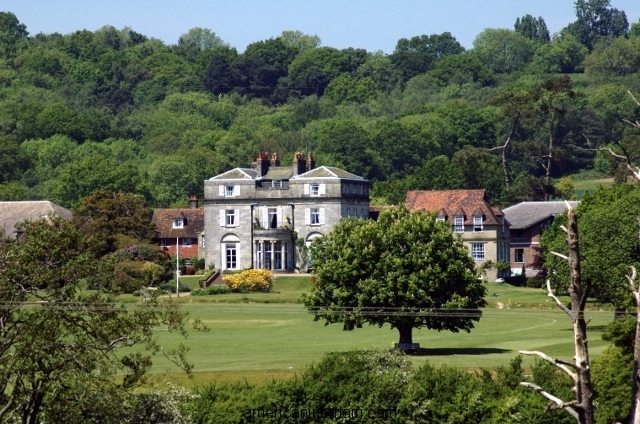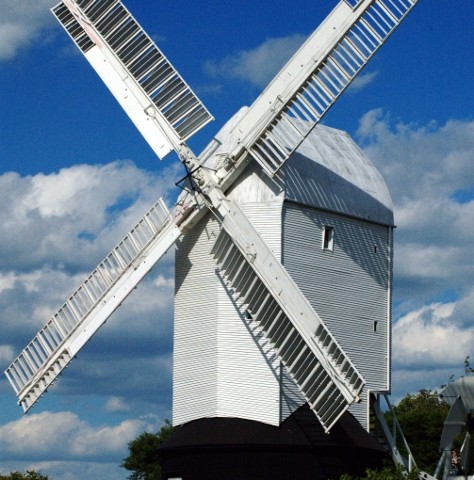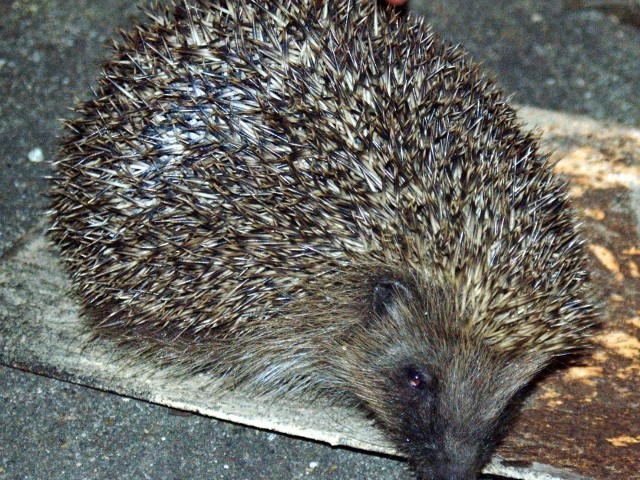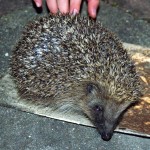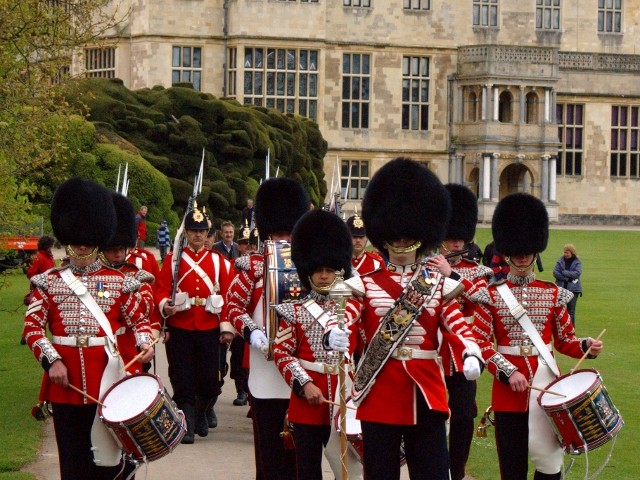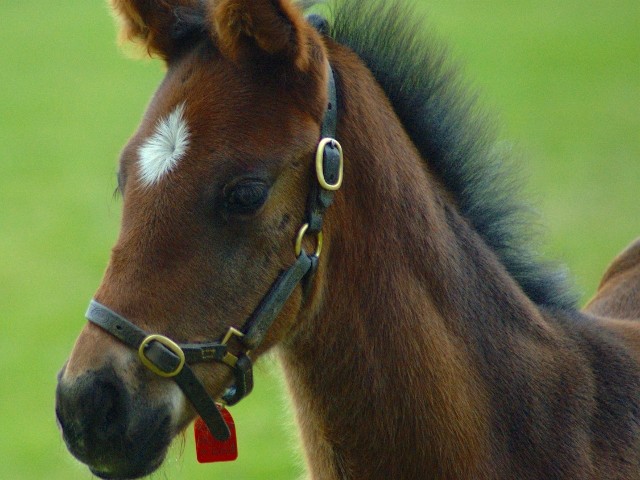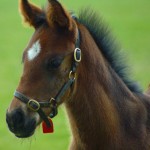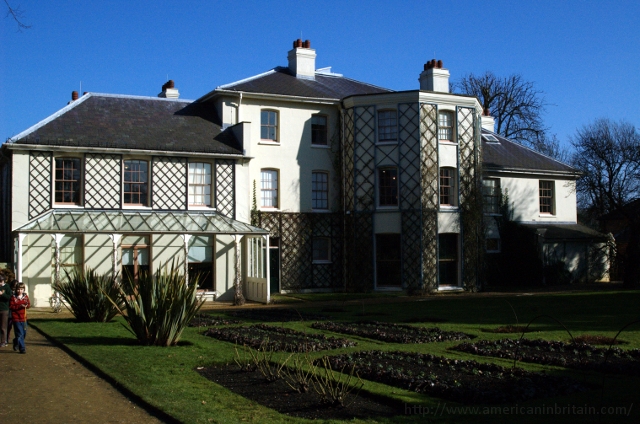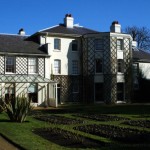South Downs Way: Jack & Jill to Ditchling Beacon
[ad#ad-1]
The South Downs Way is a 100-mile path for walkers and cyclists and extends from Winchester to Eastbourne. We have now traversed 7% of that path. While that may not sound like a lot, it really has taken us some time. That’s because we do the round-trip (return), not the one-way (single) path. We might cover more ground if we took advantage of public transport to deliver us to one spot and pick-up at another.
The second phase of our South Downs Way walk also started at the Jack and Jill windmills. However, this time we headed east towards Ditchling Beacon. The beacon, a small post in the ground, formed part of a chain of bonfire signals used to warn of the approach of danger. Back in the Georgian/Regency days, this could mean the possibility of an invasion from the French, or even the coming of the Preventive Officer, depending on who used the site.
After the strenuous walk of the previous week towards Devil’s Dyke, we decided to take it easy. This part of the South Downs Way encompasses the Ditchling Beacon Nature Reserve. Parts of the reserve can be quite steep, but we only stayed at the top where the path is relatively flat. But it afforded wonderful views. From where we were, we could see out to the sea (English Channel).
Cows and sheep were grazing contentedly all around us. The cows didn’t bother us, but we tried to avoid attracting their attention as we’ve heard the warnings about people being trampled to death. The sheep and little lambies were, well, “sheepish”. But our eldest managed to sneak up on a lamb and touch its fur before it ran away.
It was not the best of days in terms of weather. It was quite windy and there was a slight chill, which did not help. The kids had not been very willing to go for a walk because of the Devil’s Dyke experience, but after chasing lambs, they were in a better mood. The younger one started to have a tantrum by the time we approached the beacon because she thought daddy and sissy were leaving her behind. When told to run ahead and catch up, she started throwing hysterics and crying, “I can’t. I can’t breathe.” As we took a few steps forward and an ice-cream truck came in to view, that was the end of her histrionics.
[nggallery id=6]
